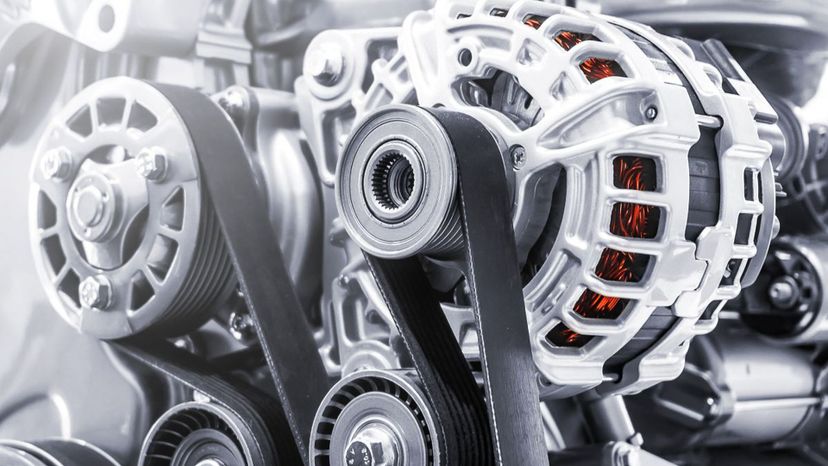
About This Quiz
Many types of aircraft, motorcycles, cars and boats use a variety of engines. Some of these engines are diesel, while past engines used hot steam. In this quiz, we'll take a look at 40 facts about engines.
The V-engine is one of the most popular engines on the market, and comes in various types like V4, V6, V8, V10 and even V12. But what do those numbers after the V mean? Let's take a look at the V12 for instance. There are 12 cylinders in a V12 engine, which are lined up in 2 rows of 6 cylinders. A V8 engine will have 8 cylinders, a V4 will have 4 cylinders, and so on.
Inline-four engines are also a popular choice for tractors, and were even used in past racing vehicles. While V engines are shaped like the letter "V," inline engines have their cylinders in a single file row, all next to each other. Diesel is another type of engine that is a popular choice for trucks. In fact, most medium-sized diesel engines can actually produce some major horsepower!
If you think you're an expert on all things engines, we encourage you to take this true or false: engine edition quiz now to test your knowledge!
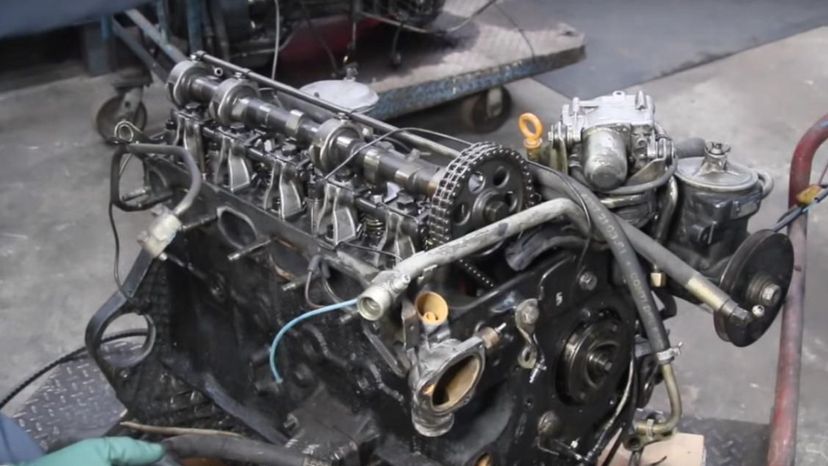
A diesel engine has several other name variations, and a compression ignition engine is one of them. This can also be shortened to CI engine.
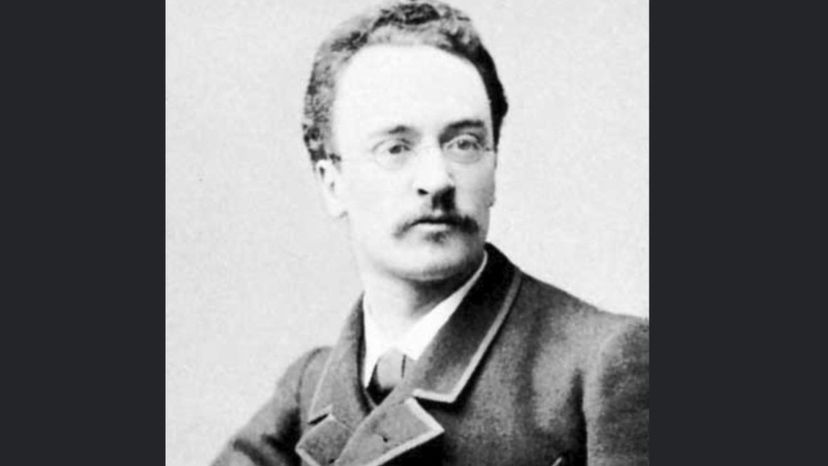
Rudolf Diesel did invent the diesel engine during the late 1800s. The diesel engine also came after the steam engine.

True. A medium-sized diesel engine can produce up to 1,006 horsepower. You can find these engines on many types of trucks.
Advertisement
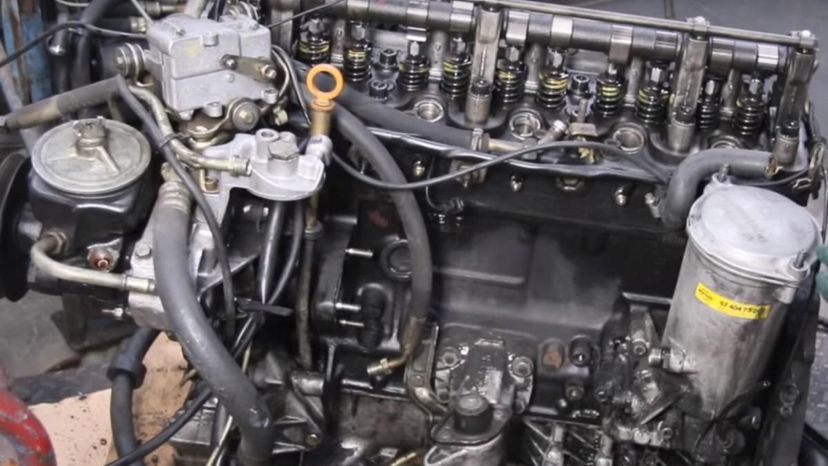
False. Diesel engines actually run on two OR four-stroke cycles. Depending on which type of engine you have, certain nozzles and valves may be found in the cylinder head.
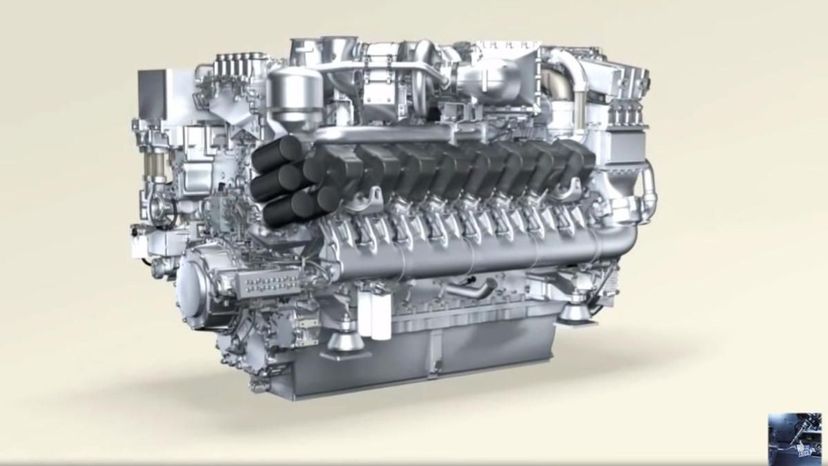
False. Large diesel engines are not available for cars, but they are used for big machines like trains and ships. They can also produce well over 1,000 horsepower.
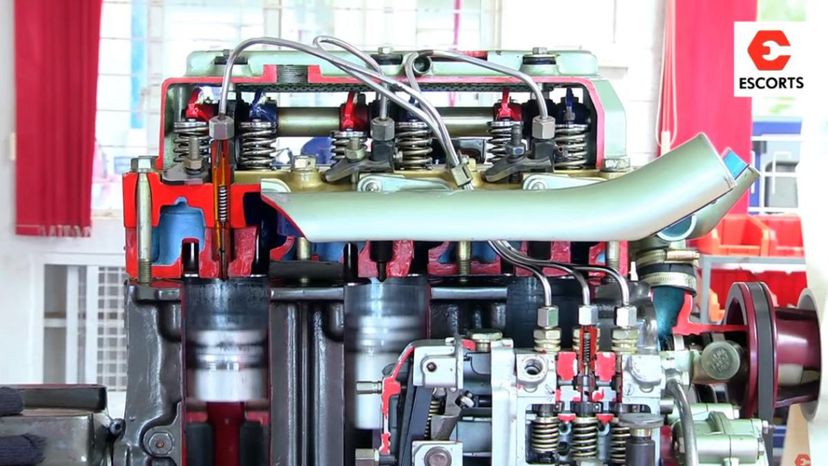
True. While diesel engines are considered to be an efficient type of engine, they do release many pollutants into the air. This includes compounds that contain nitrogen and soot.
Advertisement
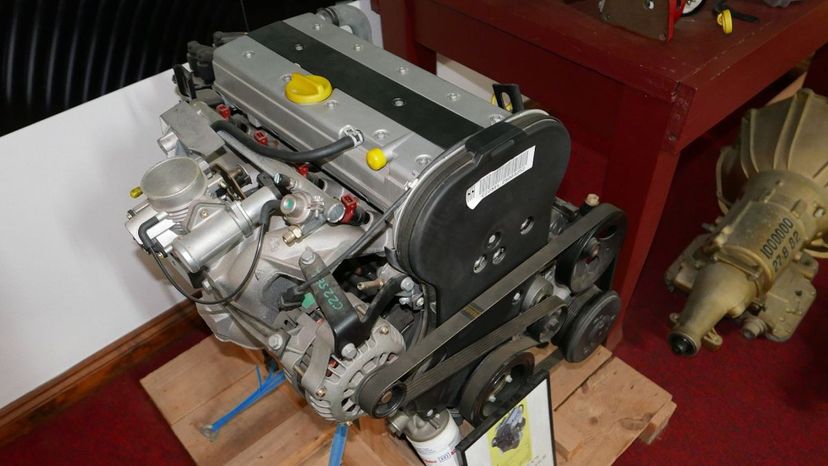
True. Both of these words refer to the same type of engine, which contains 4 cylinders. These cylinders are also built next to each other, hence the name "straight-four."
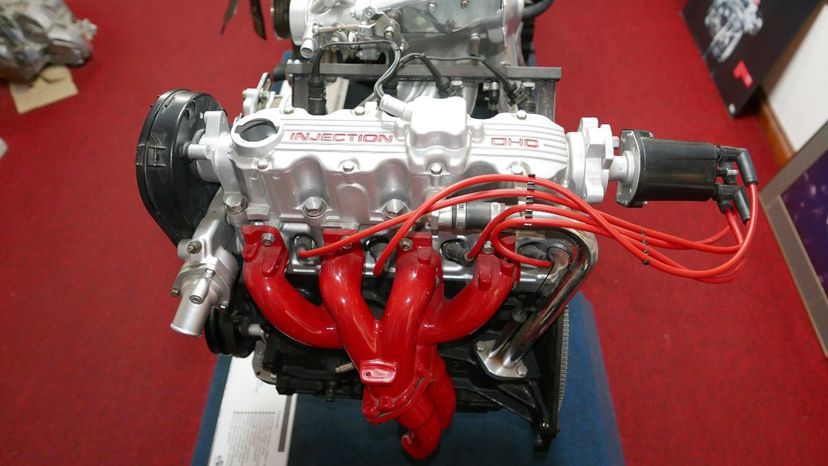
False. This engine actually has 4 cylinders, which is an ode to its name "inline-four." You can also find this type of engine in many economy cars.
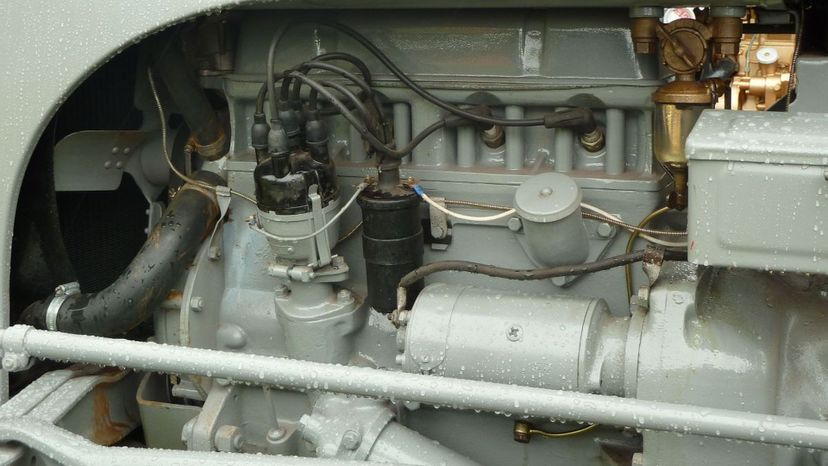
True. You'll find many types of tractors using a large inline-four engine. This engine has also been utilized in past racing vehicles.
Advertisement
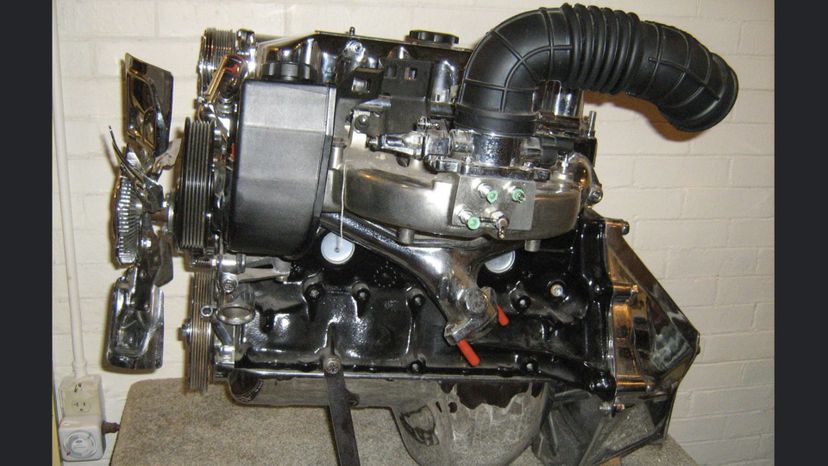
True. You'll find many types of cars using a four-cylinder engine. The V6 engine is another popular type of engine that can be found on many vehicles.
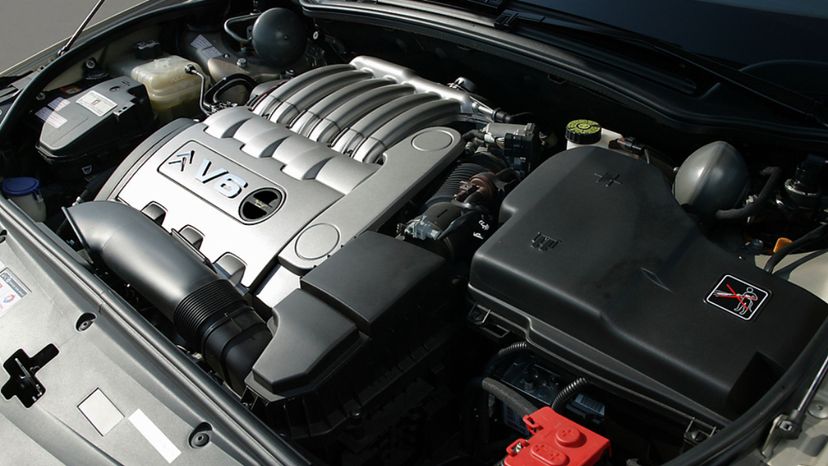
True. There are 6 cylinders in a V6 engine, which can be found on the crankshaft. These are very versatile engines, built for speed, power or even economy.
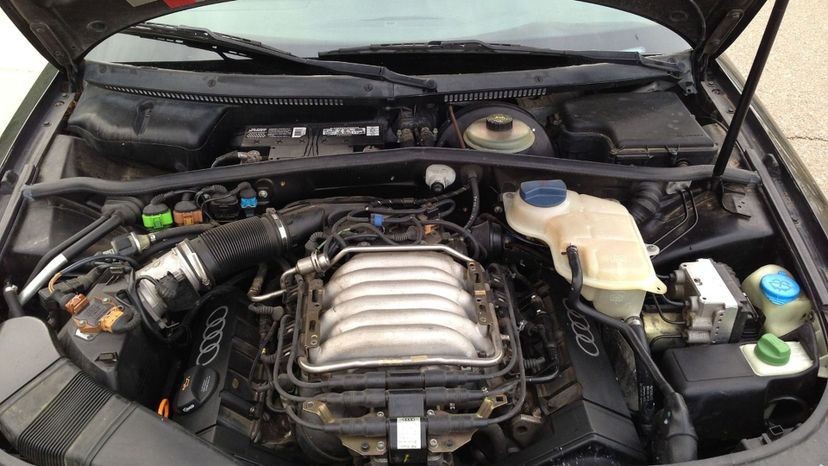
False. You'll find most cylinders manufactured at a 90-degree angle, with some at 60 or 120 degrees. This number never drops to 30, but has been as low as 45 degrees.
Advertisement
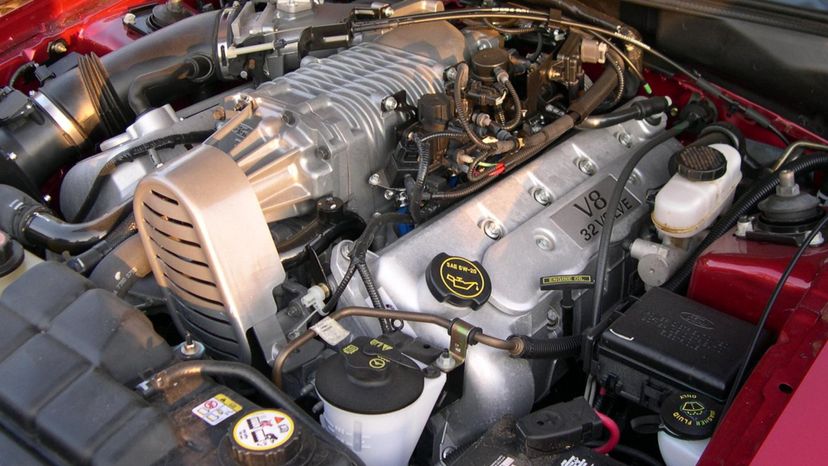
True. Since V8 engines can be expensive, some people swap to a V6 engine since it will fit in the same compartment. This is due to the size and standard 90-degree angles.
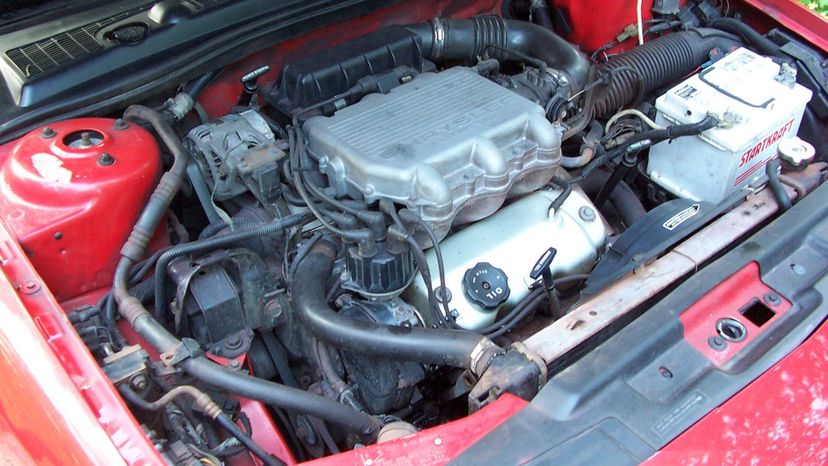
False. The displacement range of most V6 engines is actually 2-4.3 L. Although this is considered to be the standard, some engines have also been manufactured with a higher displacement range.
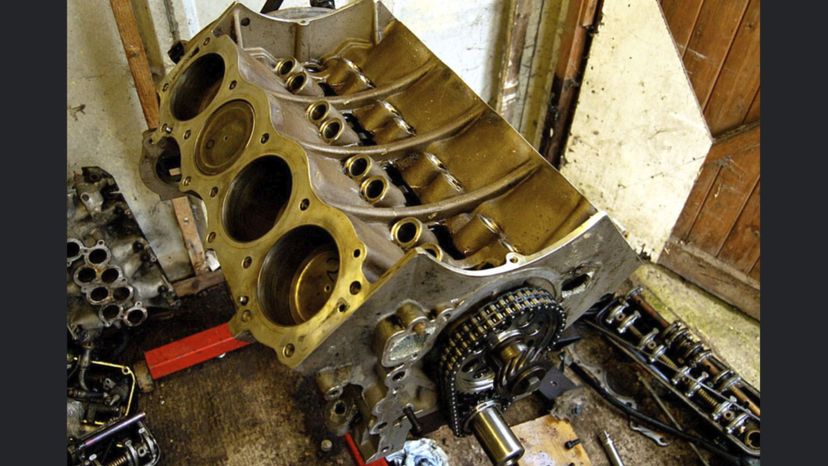
False. The cylinders of a V engine are shaped like the letter "V," hence the name V engine. This allows for a smaller and more efficient type of engine compared to many others.
Advertisement
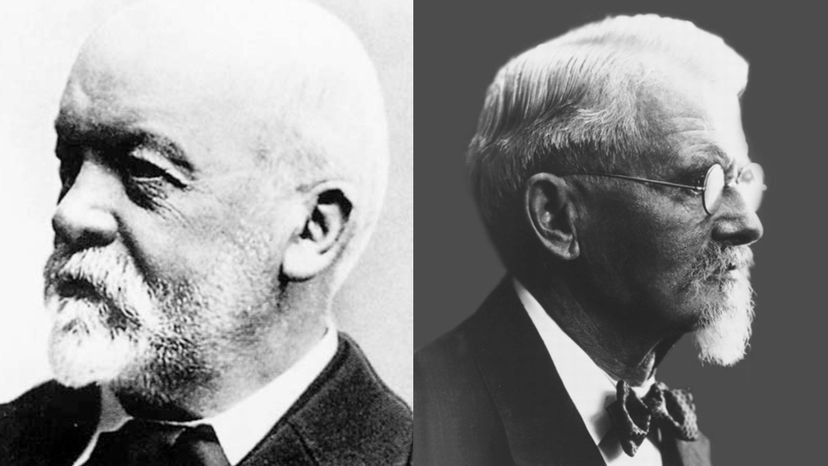
True. In 1888, the V engine was invented thanks to the great minds of Gottlieb Daimler and Wilhelm Maybach. There are currently many types of V engines on the market, including V8 and V12 engines.

False. V engines are actually considered to be a compact type of engine, especially when compared to a straight-four engine. This is because a straight-four has all of the cylinders lined up together, while a V engine has its cylinders placed in a V-shape.
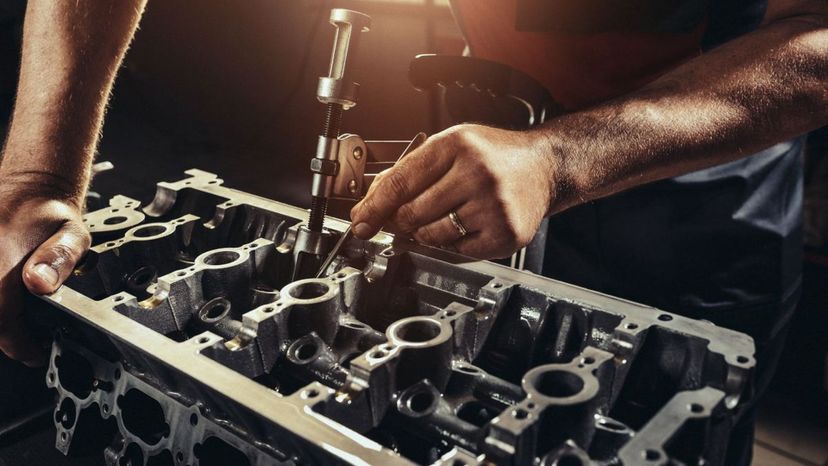
True. The number of cylinders in the engine depends on the number you see after the "V." For example, a V12 engine will have 12 cylinders.
Advertisement
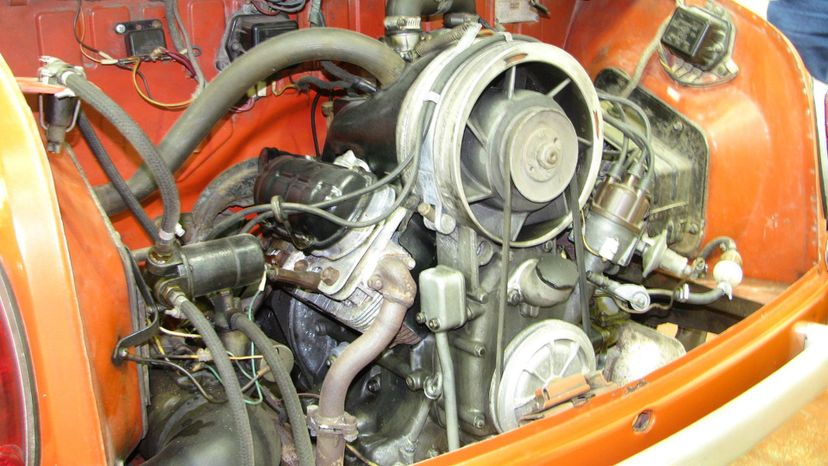
False. These are two very different types of engines. The V4 engine has 4 cylinders that are in the shape of a "V," while an inline-four engine has its 4 engines in a single row.
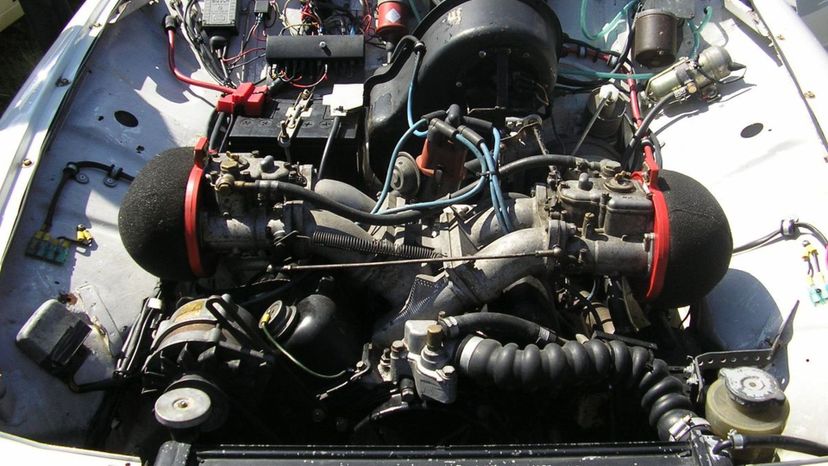
True. A V4 engine can be utilized with an outboard motor, which is used by boats. This type of engine can also generate well over 140 horsepower.
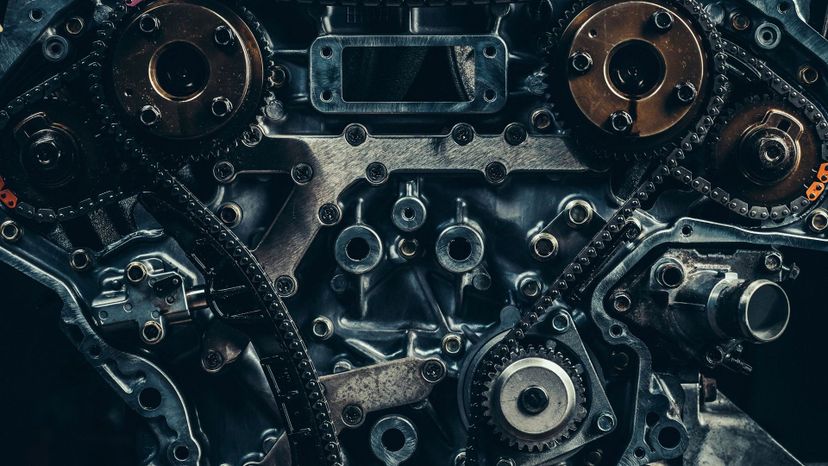
False. V8 engines actually have a very large displacement, with some as high as 8.5 L, or more. Some do have less than 4 L, but it's very rare.
Advertisement
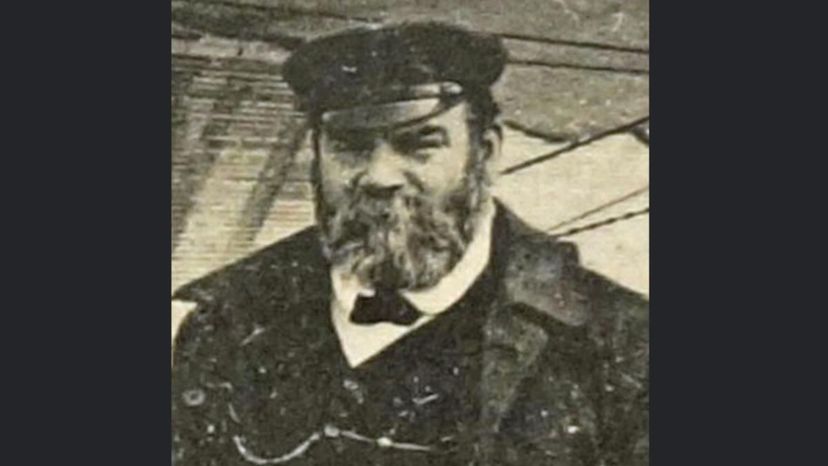
True. Léon Levavasseur is responsible for creating the V8 engine. He also nicknamed the engine "Antoinette."
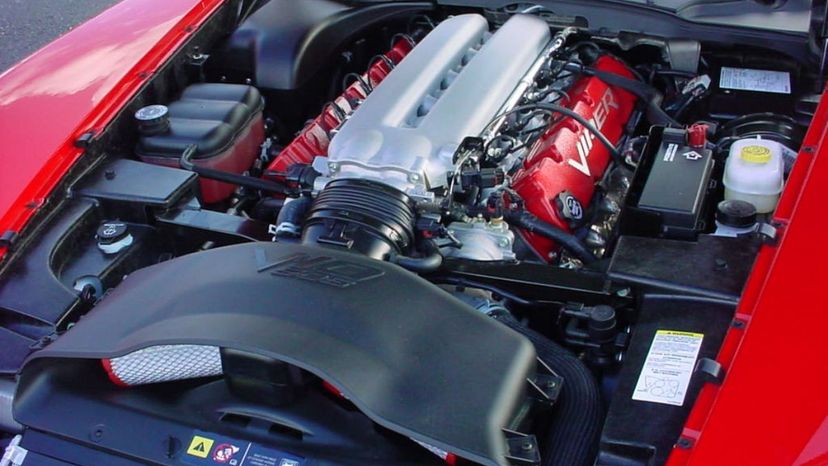
True. A V10 engine is used in many sports cars and Formula One vehicles, due to its 10 cylinders and large horsepower output. It can also be found in a Dodge Viper and a Lexus LFA.
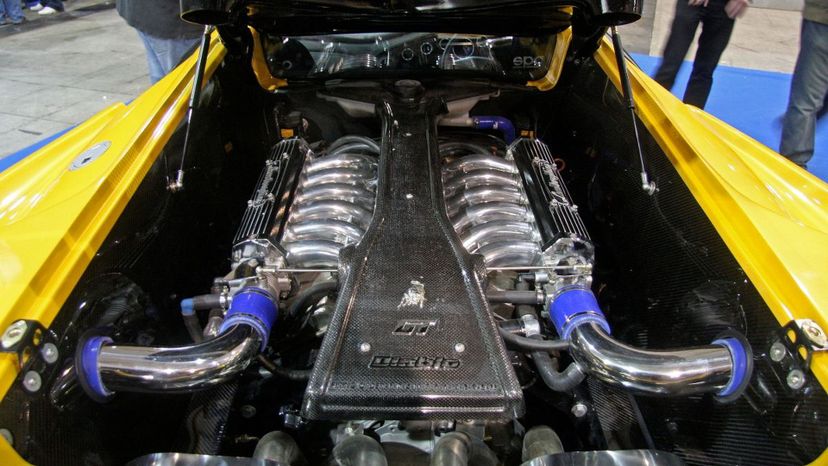
True. No balance shafts are needed for a V12 engine since it features two sets of 6 cylinders on each side. This is also similar to an inline-six engine.
Advertisement
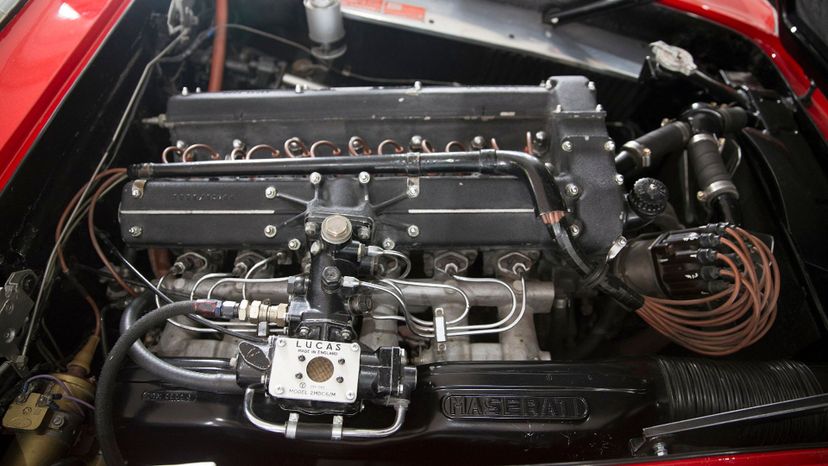
True. An inline-six engine consists of 6 cylinders in a single file row. This is also called a straight-six engine.
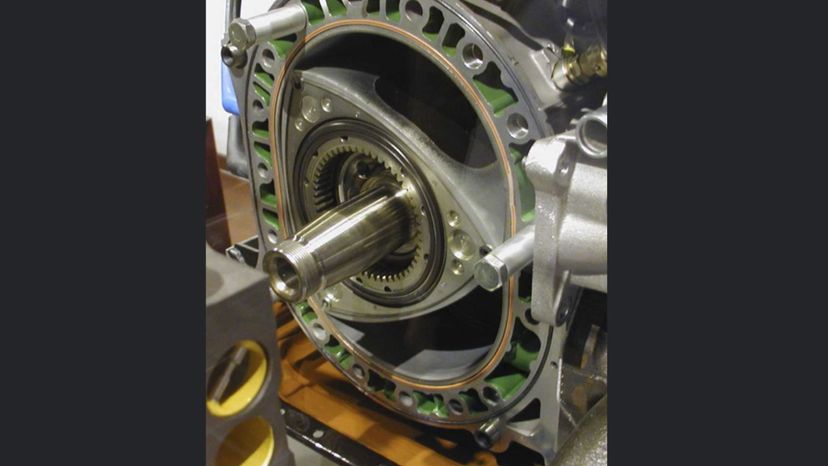
False. These are two different types of engines. The Wankel engine is actually known as a rotary engine, and rotates using transferred pressure.
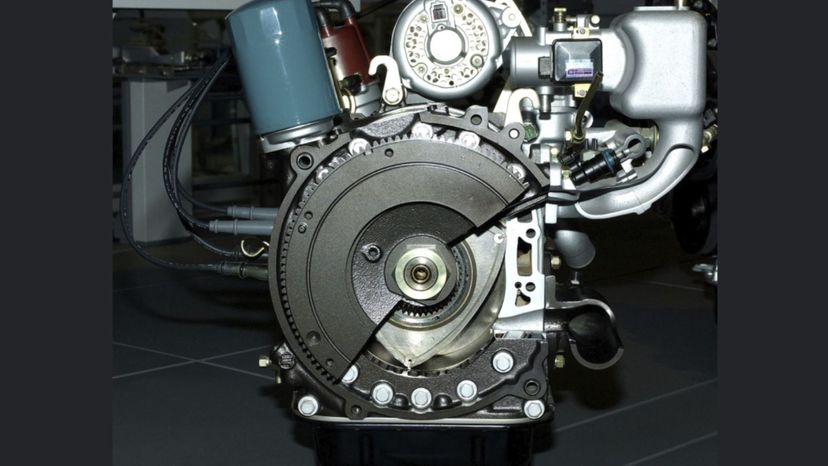
True. A Wankel engine is much smaller than a piston engine, but is just as (if not more) powerful. However, these engines are not great for fuel economy cars.
Advertisement
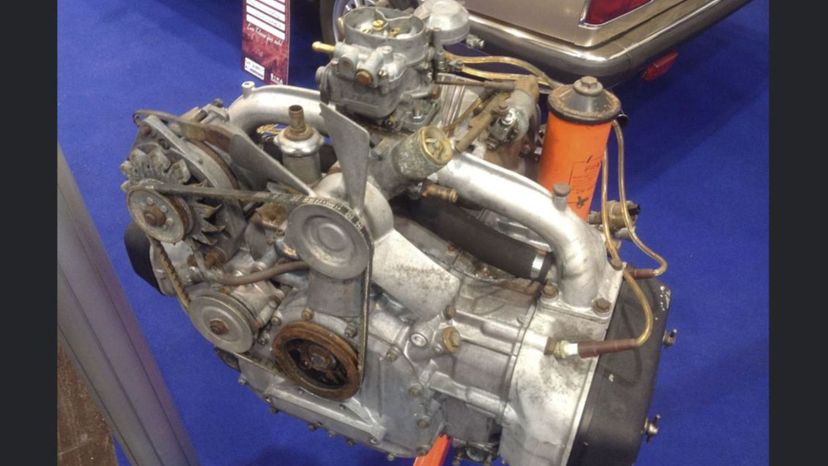
False. An inline-four engine consists of four cylinders that sit next to each other in a single file row. A flat-four engine does have four cylinders, but each set of 2 cylinders are on the opposite sides of each other.
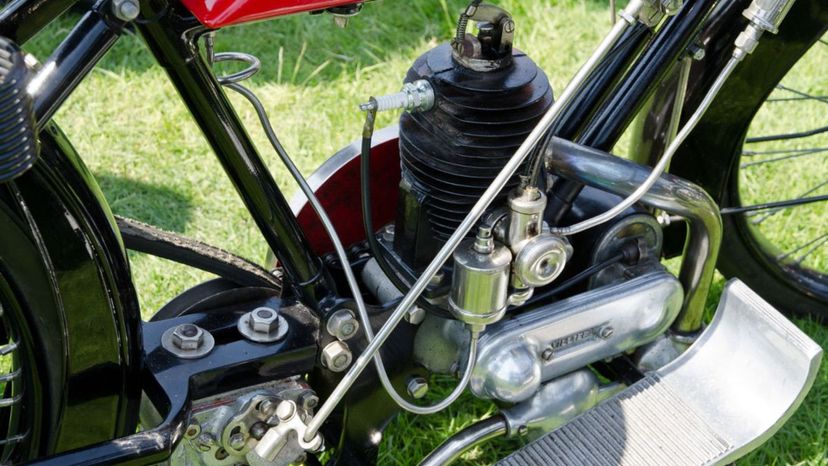
True. The size of the petrol engine varies depending on the industrial or commercial application at hand, but there are certainly many uses of the petrol engine. These are also found in motorcycles and cars.
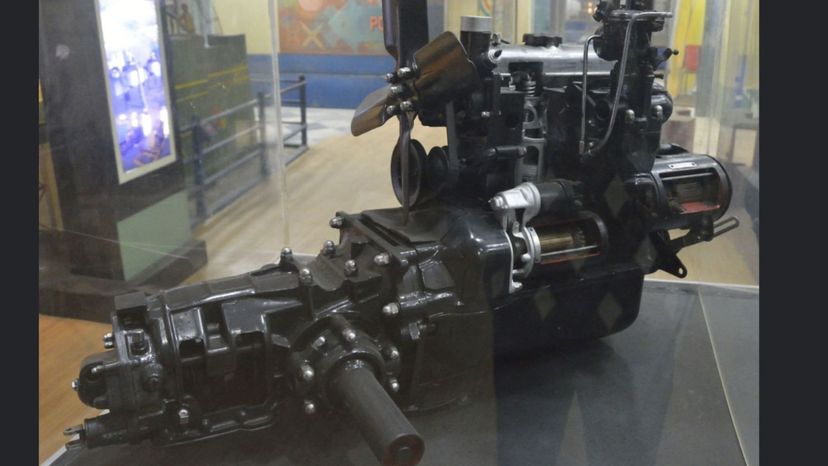
True. There are 4 stages of an engine stroke, which are intake, compression, combustion and exhaust. This method is for four-stroke engines.
Advertisement
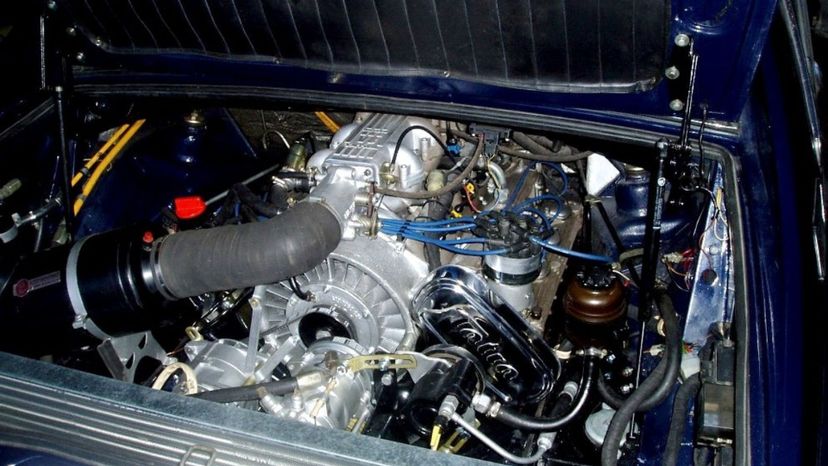
True. You'll find air-cooled engines in many motorcycles and aircraft. Hot air is usually circulated via a fan or cooling device to cool down the air for re-use.
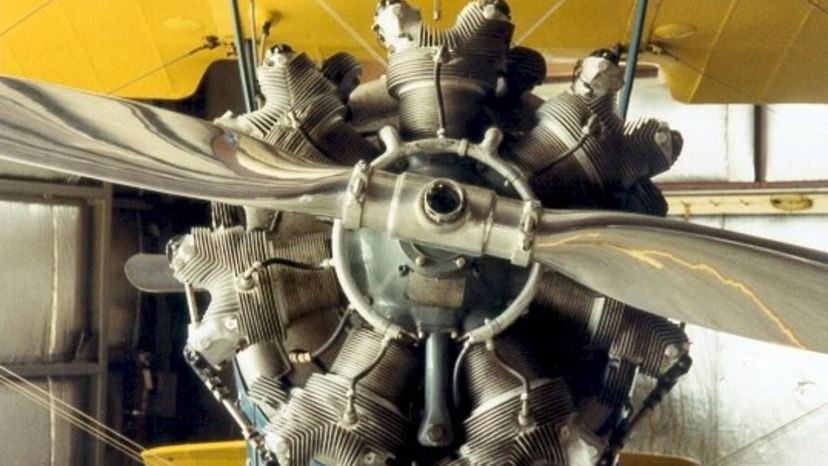
False. A radial engine is actually known as a star engine due to its star-shaped aesthetics. It can be found in many types of aircraft and tanks.
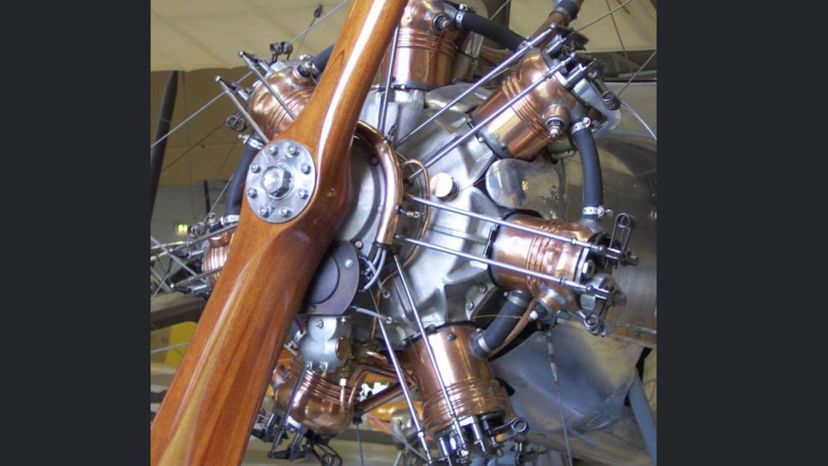
False. Radial engines actually consist of short crankshafts, which enhances durability and longevity. This type of crankshaft is also much quieter, and won't vibrate as much.
Advertisement
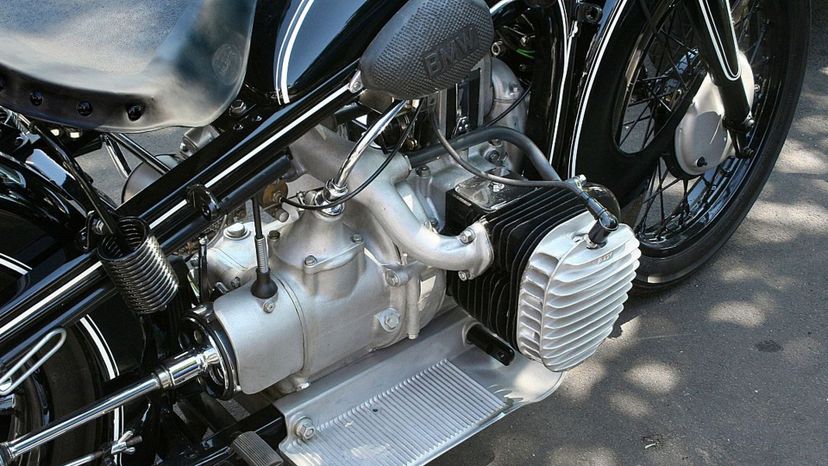
False. A flat-twin engine only has 2 cylinders and is considered to be a type of internal combustion engine. It has also been found in boats, motorcycles and airplanes.
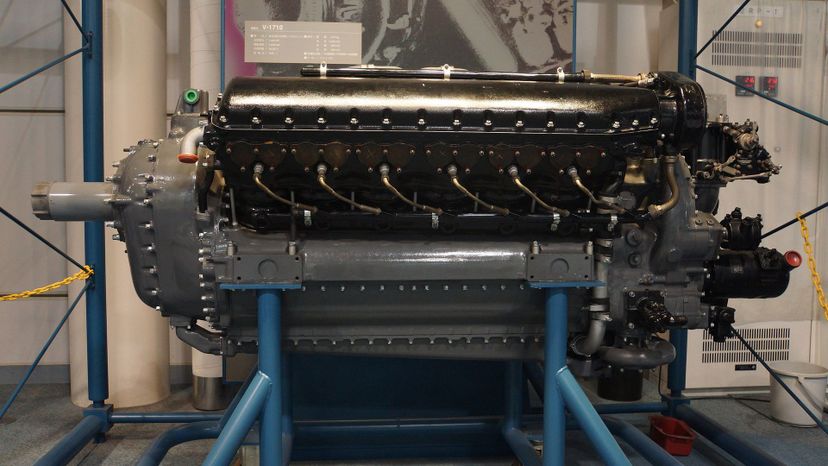
True. A flywheel is used to move a piston to the "top dead center" of an engine. Other parts of a reciprocating engine includes spark plugs, an exhaust camshaft and the connecting rod.
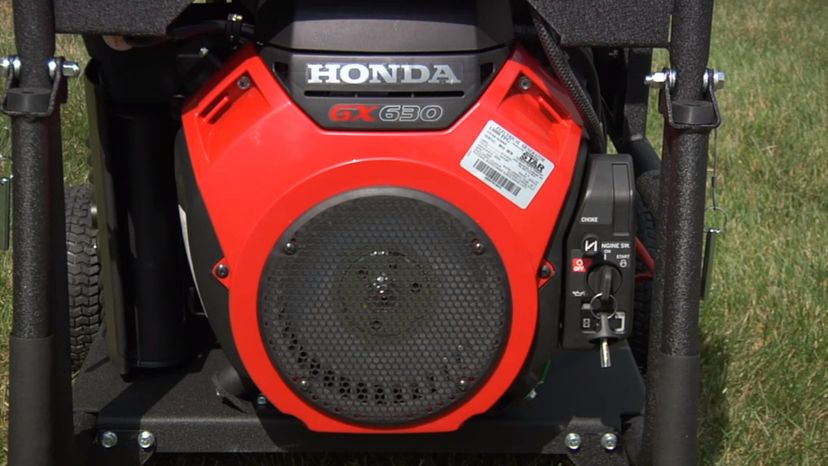
True. Many small industrial appliances, such as generators and pressure washers, utilize a V-twin engine. This also consists of two cylinders.
Advertisement
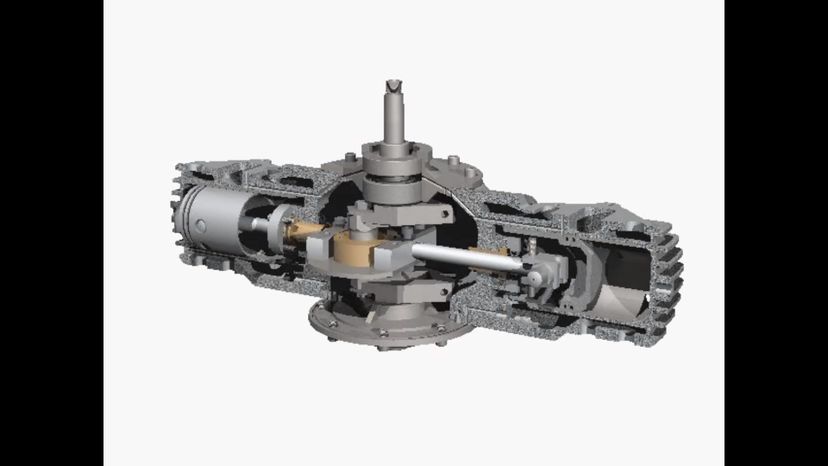
True. Russell Bourke did "invent" the Bourke engine, but unfortunately, it never hit the shelves. The design was left unfinished due to a multitude of factors, including WWII.

True. Tanks and trains utilize gas turbine engines, which are also known as combustion turbine engines. These engines can also be found on airplanes and large boats.
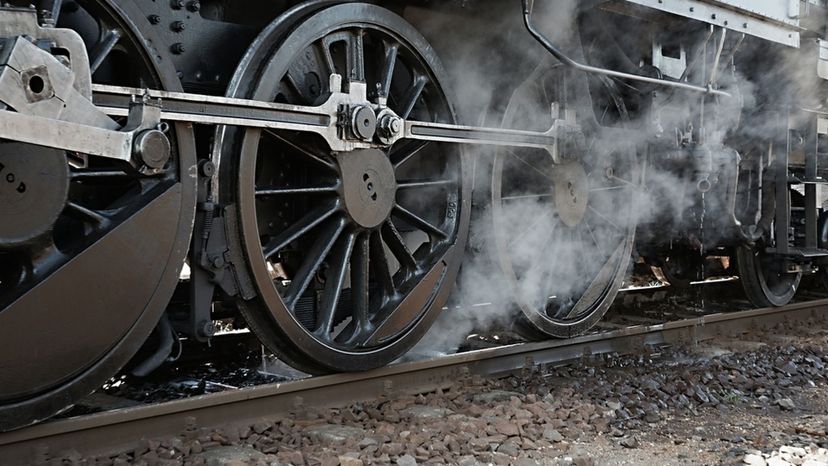
False. These are two different types of engines. A steam engine utilizes steam pressure to make its moving parts work. It was also invented by Thomas Savery.
Advertisement
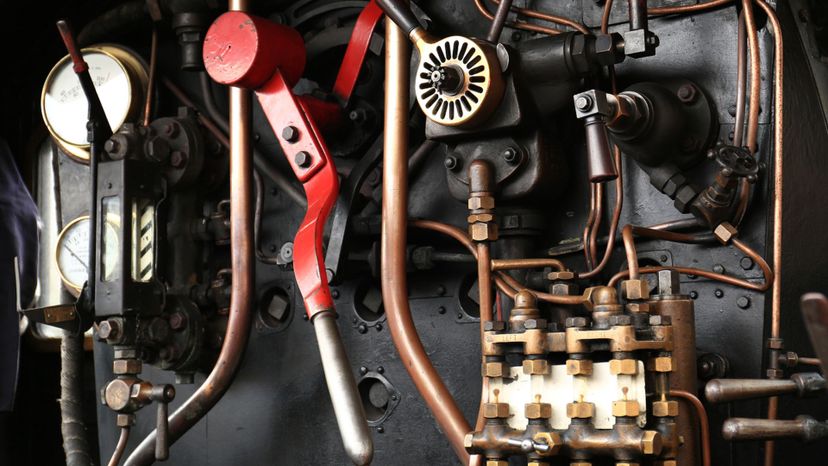
True. These were two very important parts of a steam engine. The boiler was used to heat up the water, while the cold sink was used to get rid of the steam.